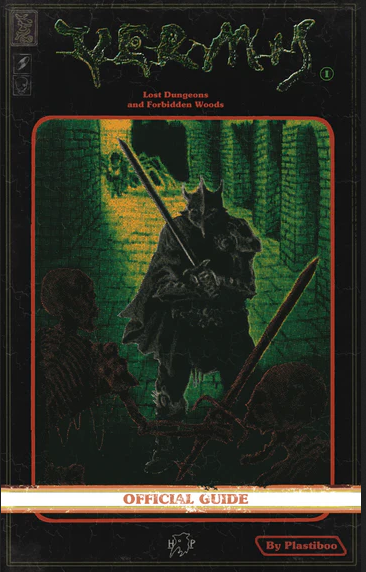Saving Throws as d6 Skills
 D6 skills are fucking awesome. They're simple, calculable, probably the easiest die to read across the table, and easy to fill in on a character sheet. If you make sure to follow a few rules, you can avoid any common problems you might have, too. I made a post about that here.
D6 skills are fucking awesome. They're simple, calculable, probably the easiest die to read across the table, and easy to fill in on a character sheet. If you make sure to follow a few rules, you can avoid any common problems you might have, too. I made a post about that here.So, how do we do this? Well, taking a look at the saves for different classes, they all progress by about 2 whenever they improve, 3 occasionally, and 4 in only 1 or 2 cases. These are chunks we can work with! Because 3 is about 1/6 of 20, it's close. But then, when you consider a save always fails on 1 and always succeeds on 20, we only have 18 results to think about anyway, and 6 is a factor of 18.
Believe it or not, this system is surprisingly accurate to the traditional d20 save system. Here's the chart I made with the conversion. The numbers don't line up perfectly, and I "rounded down" to the nearest number in a lot of cases to preserve challenge. I encourage giving bonuses and penalties on save rolls if you need to. A modifier of +/-2 to +/-4 translates to about a 1 point penalty on a d6. Advantage and Disadvantage are also nice.
So there you have it. Now you can put saves on your sheet all pretty and minimalist and use the same rules as Skill rolls. Here's a link to a PDF of all the class saves converted to the d6 system. Click the image or the link below to get it.
A few optional rules for Saves:
These are meant to be mixed and matched as you prefer, not necessarily to all be used in a game together. Personally I use the investing, Int/Wis modifiers, and roll high under rules.
- Specialists can invest points in their Saves. Other classes can forego advancing a class skill (such as Combat or Lore) for 2 skill points to invest in Saves.
- Wisdom modifies non-magical (Paralyze, Poison, Breath) and Intelligence modifies magical (Magic, Device) saves. Characters may add +1 to SL once per day equal to the number of the modifer. The Ref may impose up to a -2 SL penalty once per session per point of penalty.
- Use Advantage and Disadvantage.
- Critical successes on saves: gain some immunity to a poison, be better at spotting that kind of trap in the future, take cover more quickly from explosions, know how a device works, etc.
- Critical fails: ongoing conditions from poison, disfiguring injuries, vulnerability to a particular spell, etc.
- In the case of a roll of 6 where 6 is a fail, a second roll is made. If it still fails it's a critical fail, if it doesn't then it's a normal fail. In the case of a 1, a second roll is made. If it still succeeds it's a critical success, if it fails then it's a normal fail.
- The "roll high under" house rule. Higher rolls are better, as long as they succeed.
- Critical successes with the roll high under rule: a roll equal to the SL is a critical success. In the case of a 6, a reroll is made and any result other than a 6 is a critical success.









Now I'm waiting for attack chance-in-6! Kkkkkk
ReplyDelete